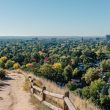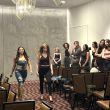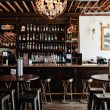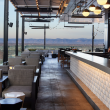While the state of Colorado is in the process of slowly re-opening, the last couple of months have been a somewhat solitary period in all of our lives. Unable to go out to the restaurants we love, drink on the patios of our favorite breweries and even locked out of the national parks, we’ve all been forced to retreat into our homes and find ways to make our space as inviting as we can. For many, that has meant a focus on the creative pursuits that may have been left simmering on the back burner. Recognizing this, as well as the lack of access to creative institutions like museums, the Latino Cultural Arts Center (LCAC) has released a coloring book that celebrates their Hecho En Colorado exhibit.

The exhibition, once it’s finally open to the public, will feature a collection that showcases more than 40 artists. “The concept,” said LCAC founder Adriana Abarca in an interview with 303 Magazine, “is to highlight the [artistic] accomplishments of some of the key creators in Colorado over the past 50 years in the areas of visual arts (painting, printmaking, photography, sculpture), music, writing and spoken word as well as dance and fashion.”
Ultimately, the Hecho En Colorado exhibition is a testament to the Latino artists of Denver, and all that they’ve contributed throughout the years. However, while the exhibit is not currently open to the public, the LCAC and some of the artists involved in ‘Hecho En Colorado’ have worked creatively to bring the art to the public in spite of what’s going on in the world.
In order to fulfill their mission of connecting the public with the Latino artists of Denver, the LCAC has compiled a coloring book that features images reflective of the collection. The coloring book, which is free to download on the LCAC’s website, is not just reflective of the pieces within the Hecho En Colorado exhibit, but also of the LCAC’s collection, one of the most extensive in the region.
“The coloring book is a way to involve the artists and have them interact with the community prior to the opening of the exhibit. It is very important that we reach and inspire a younger audience. We want people to acknowledge that the Latino Community in Colorado has always expressed itself through the arts as a way to hold on to our cultural traditions and that we are an integral part of the Colorado arts landscape,” said Abarca.
The artists involved come from all over Denver. Some, part of the old school tradition of Latino art, are educators who have influenced the younger generation, who have spawned the new school style and gone on to inspire yet another generation of artists. No matter the age or style of the artist, all draw upon the roots of their heritage and culture to create art that keeps their traditions alive.
“What’s interesting is that they all have a connection to the history and to the arts in Denver,” said Victoria Paige Gonzalez, marketing and events coordinator of the LCAC. “It’s seeing like a retrospective of Latino arts and where it comes from since the civil rights movement, where a lot of the older artists were born out of.”
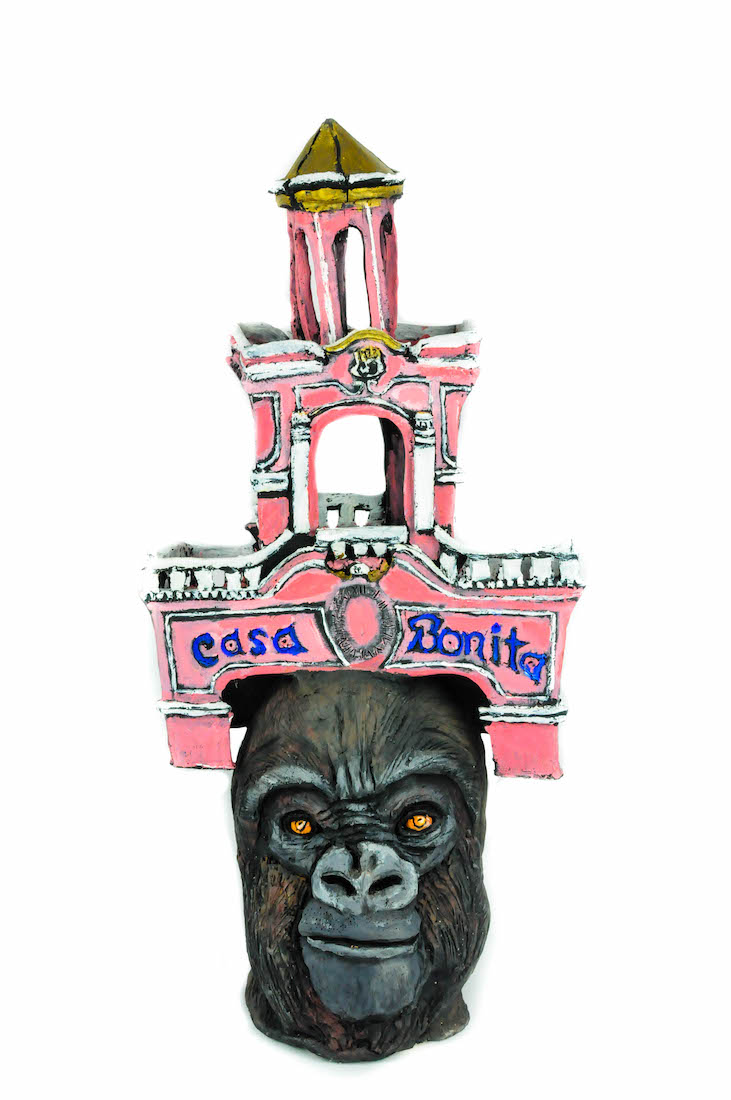
All of this is reflected in the Hecho En Colorado coloring book. Marking 50 years since the Chicano Civil Rights Movement in Colorado, the LCAC is working hard to not only raise awareness of the Latino artists breathing a bit of life into the culture of Denver, but also educating anyone who is interested about the history of the art and what it might look like in the future.
“[The artists] have been enriching our lives with their creativity,” said Gonzalez. “It’s just a way to bring them all together, all in one space and get to view — one, in the coloring book, share this collaborative process with the artists and then the child or young adult who would be coloring it. They get to work collaboratively together in creating a new masterpiece.”
Though still a young organization, the Latino Cultural Arts Center already has its sights set on some pretty large goals. “We are in the beginning phases of creating a complete Latino Cultural Arts Campus,” said Abarca. “It is a complex and complete vision that will be several years in the making and be located at three locations in close proximity to one another.”
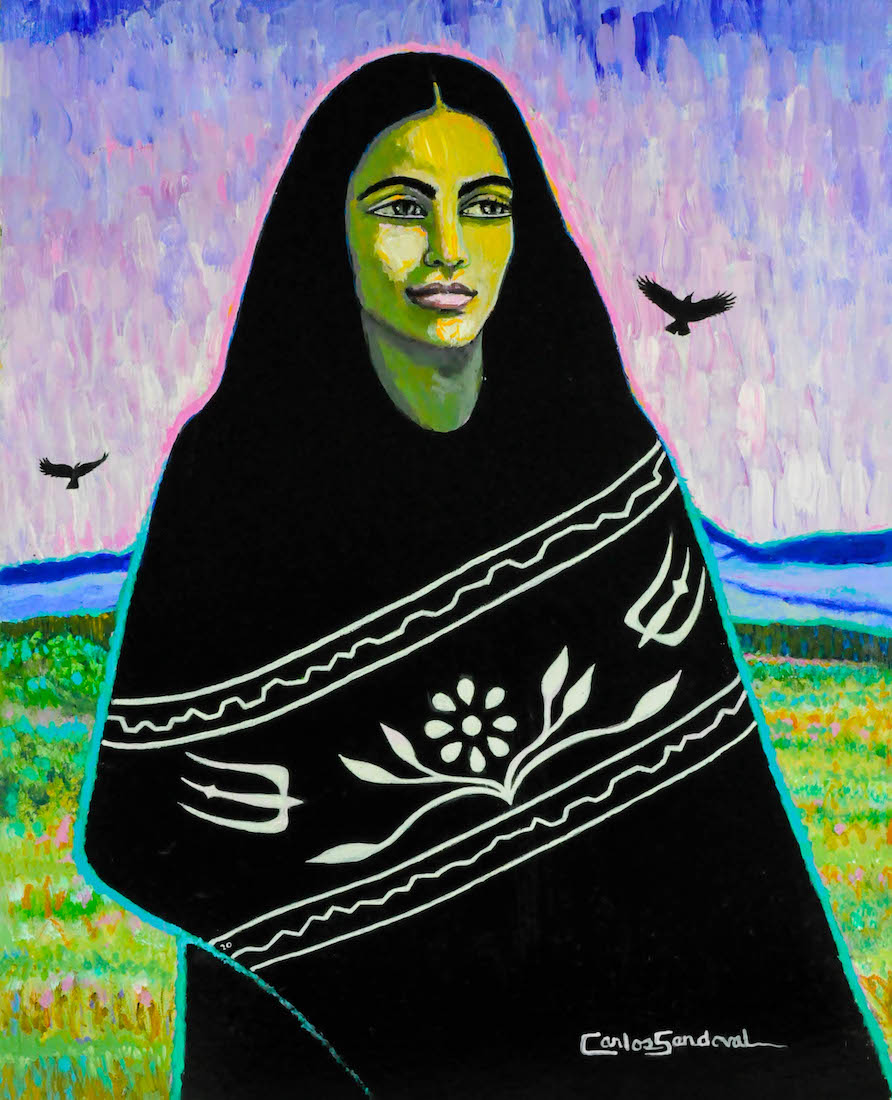
The vision that Abarca has for the LCAC involves a few different components, some of which have already come to fruition. First is a gift shop, Hijos del Sol, which is already open and boasts an impressive selection of art from not only local artists, but Latino creatives from all around the world. Along with a gift shop, the LCAC prioritizes collaborative opportunities with artists and has already been done an impressive job of this, despite the youth of the organization. Finally, the center will open a physical art space that will fill three buildings in La Alma neighborhood.
“Adriana [Abarca] has been part of the Denver community— and her family for the last 50 years,” said Gonzalez, “So, that’s one of the things that she’s always found important, is investing in the Latino art, and building it and making it stronger. One of the things we want to make sure is putting artists first, and always thinking of collaborative ways in order to work with them.”
Ultimately, the LCAC will become an institution that focuses on bringing Latino artists to the forefront of the local art scene. “The unique thing about it,” said Gonzalez, “is that Denver has a unique place in Latino art because there has been such a rich history here with the Chicano civil rights movement.”
Sadly, many of the other LCAC’s projects have been put on hold or canceled as a result of the ongoing pandemic. Some of the ways in which the organization has been affected include the cancellation of a summer internship and a summer art initiative that would have focused on educational opportunities from two artists from Mexico. However, while some of the things that had been planned for this summer won’t be happening in the foreseeable future, other plans, like starting a mariachi program at North High School, are hopefully only being delayed. Undoubtedly, the mission of the LCAC will win out, no matter the odds.
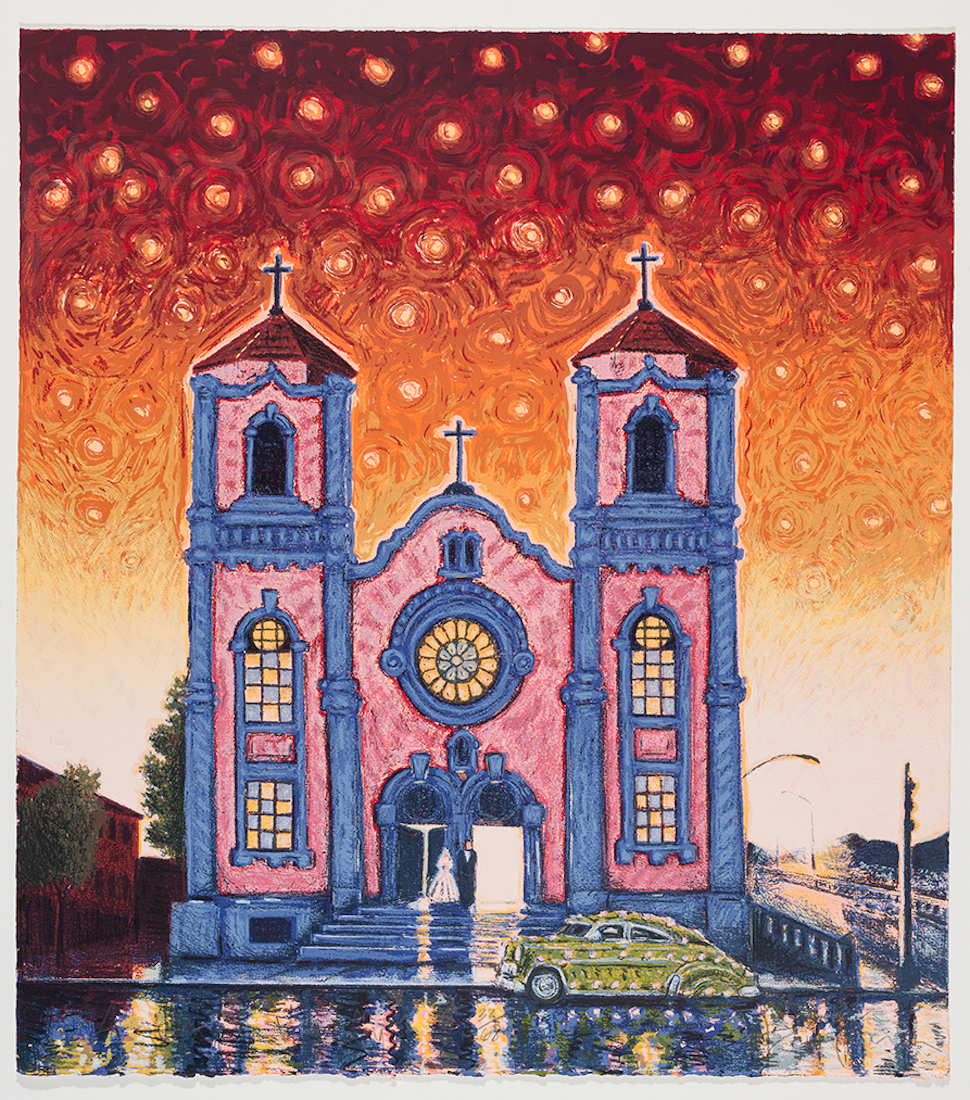
“It’s a way to introduce them to these artists, to the Latino Cultural Arts Center and that we’re here to serve the greater population in making sure that our stories are preserved as things are changing. Especially with gentrification and everything being closed off, and businesses are closing — inserting this narrative that we’re here, we’re staying creative and we’ll be here once all of this is over,” said Gonzalez.
While much of the world has been darkened by a shadow of uncertainty, the creatives of Denver have proved time and time again that we’ll get through all of this together. As businesses around the city begin to re-open, organizations with hopeful missions like the LCAC are a bright beacon of hope and inspiration for the community.
The Hecho En Colorado coloring book is free to download and can be downloaded here. Those interested can submit a colored page from the book to info@LCAC-Denver.org, for a chance to win a $25 gift certificate to the LCAC’s gift shop. The final day to submit a page for the contest is May 30.
The exhibit is tentatively scheduled to open in July 2020, and will run through the end of the year.
All photos from the Hecho En Colorado exhibition, courtesy of the Abarca Family Collection.

